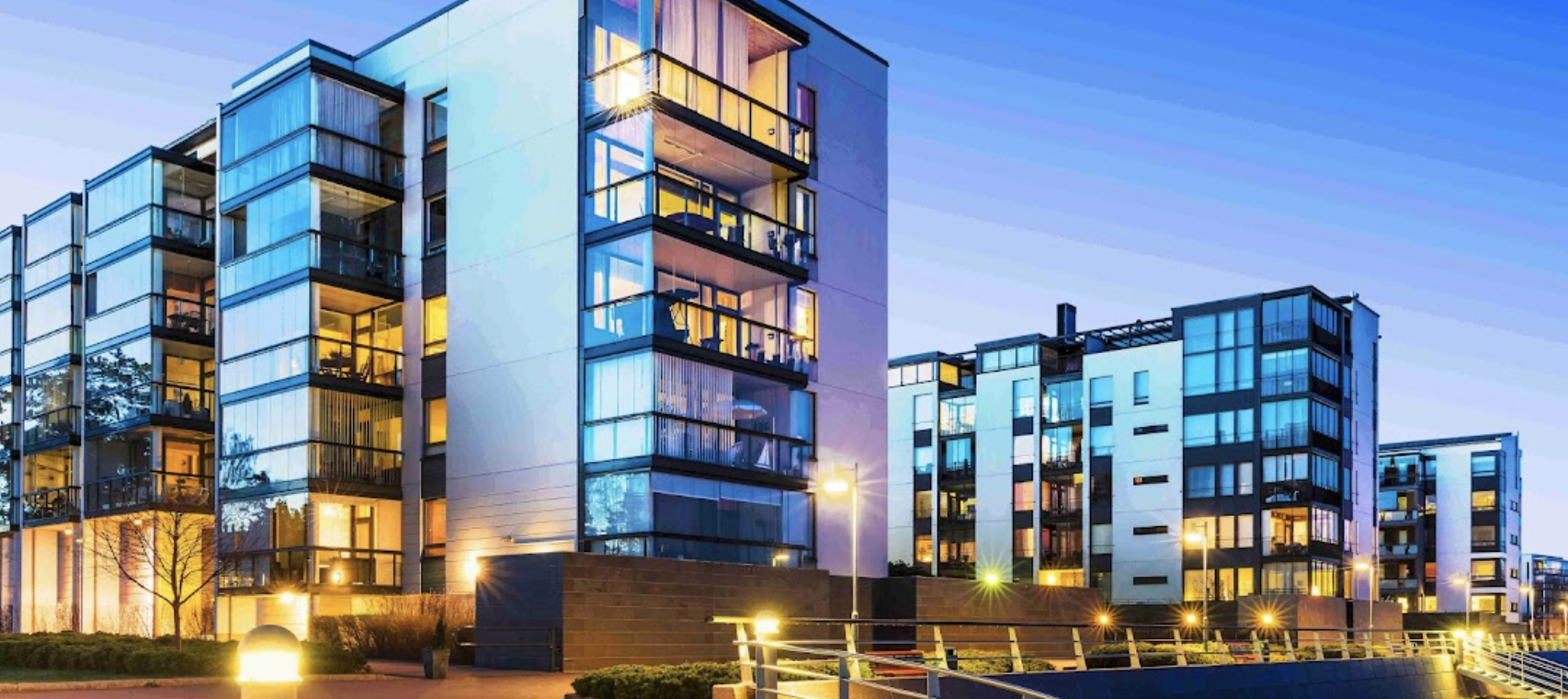hmo bridging finance
HMOs: What are the benefits? - Less "impactful voids": A gap between tenants at a single occupancy house can be as little as one month. This allows you to make repairs, redecorate, and view the property, without any rent coming in. The rent received from other tenants can be reduced with an HMO. Your costs could be more tax-deductible than a standard BTL.

